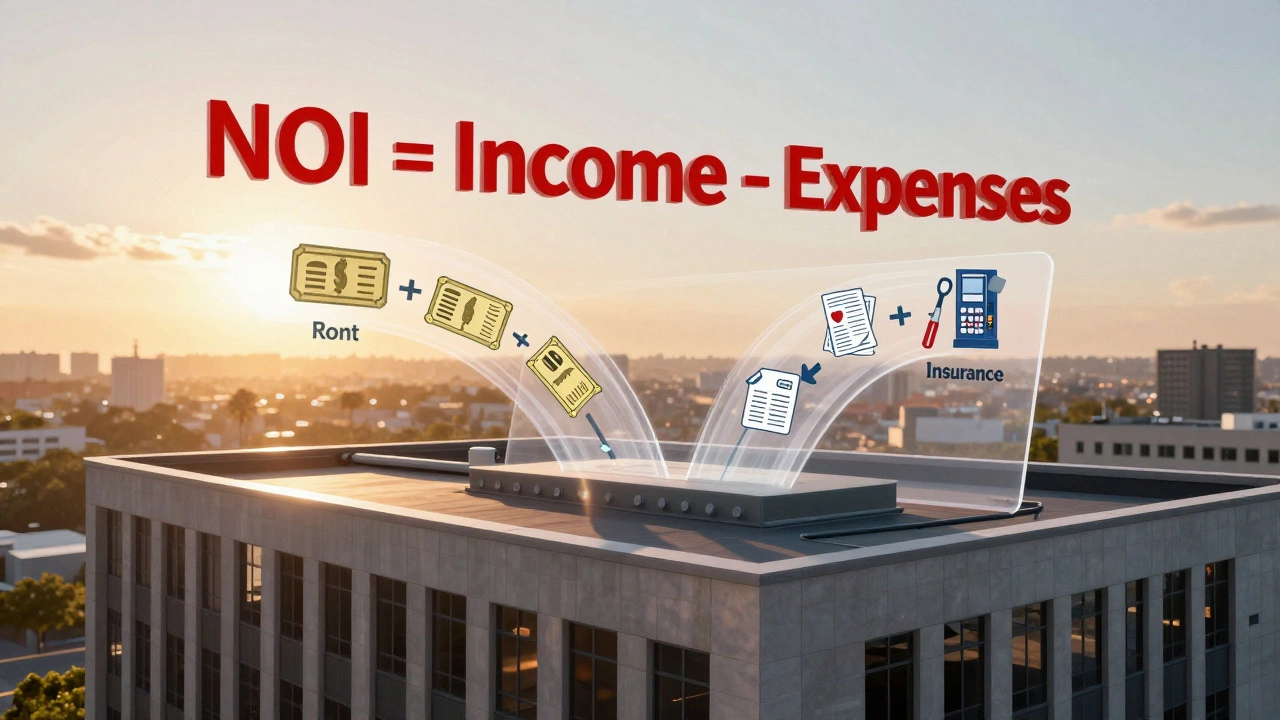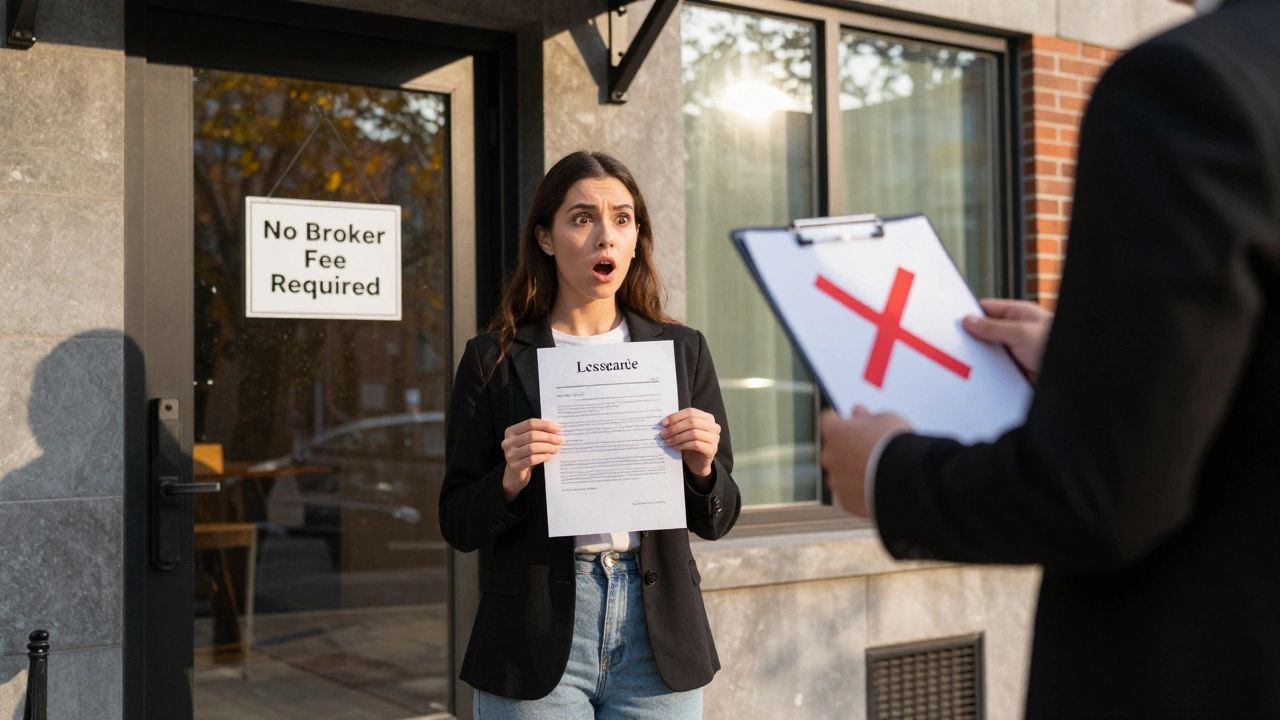Hey, ever wondered what a minimum payment agreement in house renting means? It's a game-changer when you're dealing with financial crunches. Essentially, it's a deal between a landlord and a tenant where the tenant is allowed to pay less than the usual rent for a specified time period. So, when life throws an unexpected curveball—like a sudden job loss or medical emergency—this agreement can keep you from drowning in debt.
Why even talk about this? Well, it's all about creating a win-win situation. Tenants get some breathing room and landlords maintain their rental income flow without having the hassle of finding new tenants. It’s common for these agreements to have clear terms on when and how the remaining balance should be paid off. But be careful, misunderstanding or miscommunication can lead to friction.
- What is a Minimum Payment Agreement?
- Why Consider a Minimum Payment Agreement?
- Key Elements to Include
- Legal Aspects and Pitfalls
What is a Minimum Payment Agreement?
Alright, let's break it down. A minimum payment agreement is like a safety net for renters when money's a bit tight. This arrangement allows tenants to pay a reduced amount temporarily instead of the full rent. It's often set up for a specific period, like a few months, with the promise to catch up on the unpaid portion later. It's not a free ride but a way to manage cash flow during tough times.
These rent agreements require clear terms so both tenant and landlord know the score. Typically, you'll agree on what the minimum payment will be and when the rest of the balance is due. This kind of setup is helpful in preventing late fees or potential legal troubles that arise from missed payments.
How Does it Work?
Picture this: you lose a chunk of your income unexpectedly. Instead of stressing over the full month's rent, you work out a deal with your landlord. You say, "Hey, I can pay 60% of the rent for the next three months." Your landlord agrees because they'd rather receive some payment than none at all. In the meantime, you plan out how to pay back the rest.
Why It's Handy
This agreement keeps you with a roof over your head without compromising your finances entirely. For landlords, it means fewer vacancies and consistent rental income, albeit reduced for a bit. It's a compromise that benefits both parties when managed correctly.
Pro tip: Ensure everything is in writing, and both parties sign the agreement. That way, everyone's on the same page, and there's a record just in case things get a little foggy down the road.
Why Consider a Minimum Payment Agreement?
So, why should you even think about a minimum payment agreement when it comes to your house rent? Let's break it down.
Financial Breathing Space
First up, it gives you some much-needed financial breathing space. Imagine hitting a rough patch, say you lose your job or face unexpected medical expenses. Instead of stacking up debt or, worse, losing your home, an agreement like this lets you keep the rent checks reasonable while you get back on your feet.
Maintaining Good Tenant-Landlord Relationships
For landlords, it's all about keeping solid tenants. If you're a landlord and you’ve got a tenant who's been paying regularly but now needs a little leniency, offering a minimum payment option can be a smart move. It helps in building a long-term relationship that’s beneficial for both parties.
Reduction in Vacancies
A long-term vacancy is a nightmare for landlords because without a tenant, that's a month or more of zero cash flow from that unit. By allowing tenants to temporarily pay less, you’re reducing the risk of vacancies.
Flexibility and Peace of Mind
Trust me, the peace of mind is worth it—for both sides. Tenants don’t have to constantly stress about eviction, and landlords don’t have to worry about the next tenant search. As life gets unpredictable, this agreement can inject a bit of stability into everyone's routine.

Key Elements to Include
When drafting a minimum payment agreement in a house rent agreement, it's crucial not to leave anything up to chance. Every detail needs to be crystal clear to avoid problems down the road.
Payment Terms
First off, nail down the specifics of the payment terms. Clearly state the reduced amount the tenant is expected to pay each month, and more importantly, how long this arrangement will last. Is it three months, six months? Define that.
Repayment Schedule
Okay, so the rent is lower for now, but what about the balance? You need a concrete plan for how and when the remaining rent will be paid. Lay out whether the tenant will pay back in monthly installments or as a lump sum later.
Conditions for Agreement
This isn't a free-for-all. Set conditions that the tenant must meet to qualify for the minimum payment setup. Is it a job loss, an illness, or what? Be specific so there's no room for ambiguity.
Default Clauses
Cover the 'what if' scenarios. What happens if the tenant can't meet even the reduced payment? Spell out the consequences and actions one might take in such circumstances. It's not about being harsh; it's about being prepared.
Here's a quick table that might be helpful for understanding the overall breakdown:
| Term | Description |
|---|---|
| Reduced Payment | Specify the new temporary amount |
| Duration | Number of months the deal lasts |
| Balance Repayment | How and when the full payment is covered |
| Conditions | Specific scenarios under which this applies |
Hashing out these elements can save a bunch of headaches. If you're on the tenant side, knowing the nitty-gritty ensures you're not caught off-guard. For landlords, it means keeping your rental income steady and relationships intact. So everybody wins with a solid, well-thought-out agreement.
Legal Aspects and Pitfalls
When jumping into a minimum payment agreement, it's essential to get the legal stuff right. First up, make sure everything is in writing. An oral promise might sound good, but it won't hold up if things go sour. So, have a written contract that outlines the terms clearly.
Consulting Professionals
It's smart to consult a legal pro or a real estate expert before signing anything. They can explain any legal jargon you might come across and ensure all bases are covered, protecting both tenants and landlords from potential disputes.
Identify Clear Terms
Clarity is key. The agreement should specify how long the adjusted payment lasts and when the tenant should return to paying the full amount. Also, include how the remaining balance will be cleared. It’s about avoiding assumptions and making sure everyone’s on the same page.
Pitfalls to Watch Out For
Be wary of vague terms. For instance, don’t just say “reassess after three months.” Instead, clearly outline what reassessment means. Also, both parties should be aware of any local laws or regulations that govern rental agreements, as these can impose limits on how such agreements are structured.
Impact on Credit Rating
Here’s an aspect often overlooked: how these agreements might affect credit ratings. Tenants should check with their landlords to see if partial payments might be reported to credit agencies, as this could impact their credit score.
| Common Pitfalls | Solutions |
|---|---|
| Vague Duration Terms | Specify exact end dates |
| Lack of Legal Consultation | Consult a professional before signing |
Being mindful of these legal aspects can save a lot of heartache down the line. Protecting your interests legally is just as important as the agreement itself. Keep house rental dealings smooth by staying informed and prepared.





